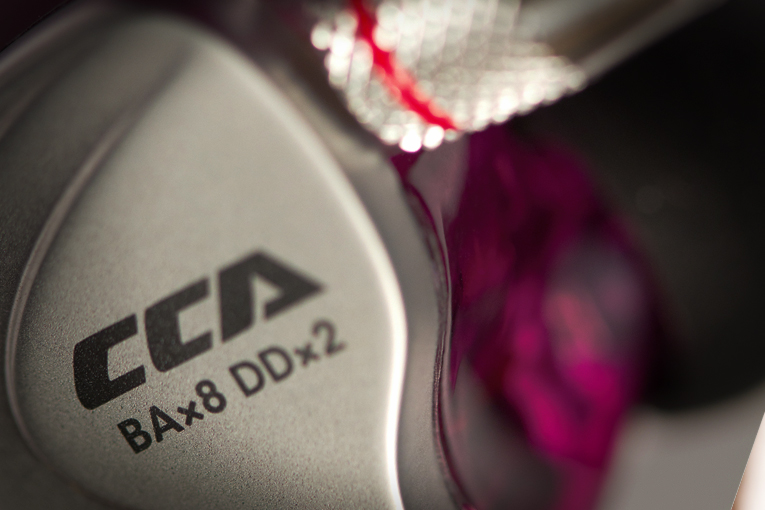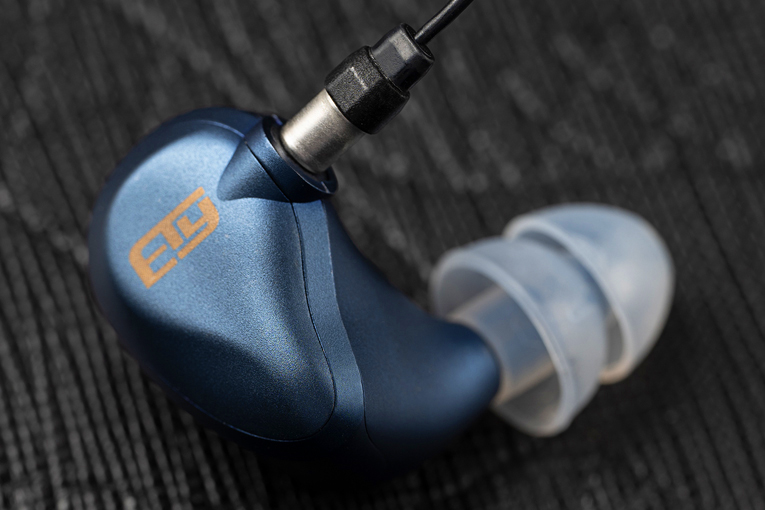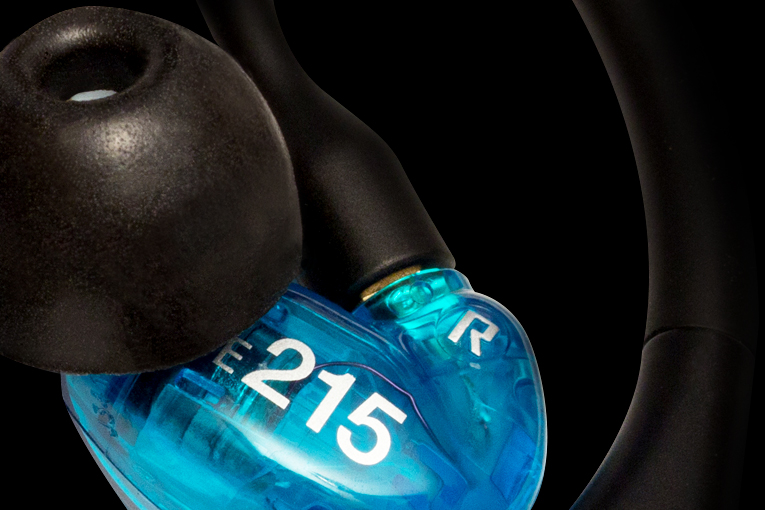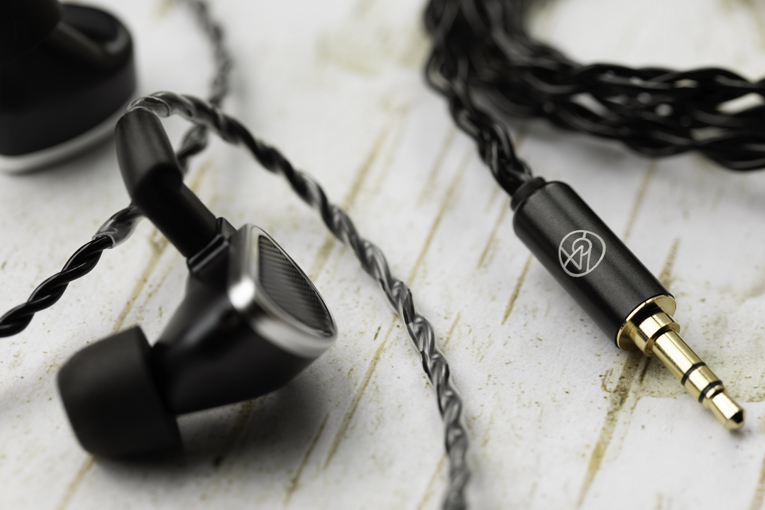Earphones

- Details
- Written by: Brent Butterworth
Sound: 









Value: 









(Read about our ratings)
Measurements can be found by clicking this link.
Because I test only 36 headphones and earphones a year for SoundStage! Solo, our review slots are usually filled with old-school brands like AKG and Sennheiser, along with the companies that regularly show up at US headphone shows, such as HiFiMan and Dan Clark Audio. That means many lesser-known brands usually don’t attract my attention. But if you’re reading this site and you’re on Facebook, then Facebook has surely tagged you as a headphone enthusiast, and routinely serves you ads for earphones with unfamiliar brands at too-low-to-believe prices.

- Details
- Written by: Brent Butterworth
Sound: 









Value: 









(Read about our ratings)
Measurements can be found by clicking this link.
Campfire Audio makes so many different earphones it was hard to figure out which ones I should review, so last time I talked with company founder Ken Ball, I just asked him. He was pretty excited about two then-new earphone models, the Holocene and the Mammoth. Asked what the difference was, he said that the Holocenes have a more “reference” response, and that the Mammoths have more bottom end, with a response closer to the Harman curve. This left me thinking I’d prefer the Mammoths, but just in case, I asked Ball if he wouldn’t mind sending a test sample of the Holocenes, too.

- Details
- Written by: Brent Butterworth
Sound: 









Value: 









(Read about our ratings)
Measurements can be found by clicking this link.
Why are the Evos the first Etymotic earphones I’ve ever reviewed on SoundStage! Solo? After all, the company practically invented the in-ear monitor, and it was the first to use balanced armature drivers in consumer earphones. But I still remember the first time I tried Etymotics, way back in the early 1990s, and while the highs sounded clean, I was put off by the lack of bass response, which, as a musician, I knew was not realistic. I respected the brand, but only because it was respected by people I respected.

- Details
- Written by: Brent Butterworth
Sound: 









Value: 









(Read about our ratings)
Measurements can be found by clicking this link.
 There’s only one inherent reason why true wireless earphones struggle to sound as good as high-end passive earphones. It’s because most high-end passive earphones use a cable-over-ear design that fits snugly and seals tightly in the ears, as exemplified by numerous models from Shure, JH Audio, 64 Audio, Westone, and other companies. I expect it would be quite a design challenge to squeeze the circuitry and batteries needed for true wireless operation into such a design, but for the Aonic 215 Gen 2 earphones, Shure came up with an alternative: packing the electronics into a separate module that snaps onto each earphone and sits behind the ear.
There’s only one inherent reason why true wireless earphones struggle to sound as good as high-end passive earphones. It’s because most high-end passive earphones use a cable-over-ear design that fits snugly and seals tightly in the ears, as exemplified by numerous models from Shure, JH Audio, 64 Audio, Westone, and other companies. I expect it would be quite a design challenge to squeeze the circuitry and batteries needed for true wireless operation into such a design, but for the Aonic 215 Gen 2 earphones, Shure came up with an alternative: packing the electronics into a separate module that snaps onto each earphone and sits behind the ear.

- Details
- Written by: Brent Butterworth
Sound: 









Value: 









(Read about our ratings)
Measurements can be found by clicking this link.
 Why did I get so excited when I heard 64 Audio was introducing the Duo earphones? Because they’re one of only a very small number of open-back earphones. I have a long history of disagreeing with many of the principles commonly espoused by audio enthusiasts, but when it comes to open-back headphones, enthusiasts are absolutely right: open-back models simply sound better. They have a more spacious sound, and because the driver’s back wave isn’t captured by a resonant enclosure, they have a negligible amount of bass resonance—and thus flatter, more natural-sounding bass. I guess I shouldn’t generalize, but I can’t think of many exceptions to this rule.
Why did I get so excited when I heard 64 Audio was introducing the Duo earphones? Because they’re one of only a very small number of open-back earphones. I have a long history of disagreeing with many of the principles commonly espoused by audio enthusiasts, but when it comes to open-back headphones, enthusiasts are absolutely right: open-back models simply sound better. They have a more spacious sound, and because the driver’s back wave isn’t captured by a resonant enclosure, they have a negligible amount of bass resonance—and thus flatter, more natural-sounding bass. I guess I shouldn’t generalize, but I can’t think of many exceptions to this rule.

- Details
- Written by: Brent Butterworth
Sound: 









Value: 









(Read about our ratings)
Measurements can be found by clicking this link.
Unless manufacturers tell me otherwise, I assume that all the headphones and earphones I review are intended for mainstream listeners and/or audiophiles. Not the Campfire Audio Honeydew earphones, though. They’re marketed as being an “excellent choice for drummers, bassists, DJs, and electronic beat makers.” Their webpage says they have “a reference level bass response that is fast and detailed.”
- Campfire Audio Satsuma Earphones
- Sony WF-1000XM4 True Wireless Earphones
- 64 Audio U6t Earphones
- Bowers & Wilkins P17 True Wireless Earphones
- ISOtunes Free True Wireless Earphones
- EarFun Free 2 True Wireless Earphones
- KEF Mu3 True Wireless Earphones
- 64 Audio Nio Earphones
- Sennheiser IE 300 Earphones
- Status Audio Between Pro True Wireless Earphones
- Audeze Euclid Earphones
- Grado GT220 True Wireless Earphones
- Shure Aonic 5 Earphones
- Technics EAH-TZ700 Earphones
- Technics EAH-AZ70W True Wireless Earphones
- EarFun Air True Wireless Earphones
- EarSonics Stark Earphones
- EarSonics Purple Earphones
- Edifier TWS6 True Wireless Earphones
- JVC HA-FW01 Earphones
- oBravo Cupid Earphones
- Atlantic Technology FS-HAL1 Earphones
- Meze Audio Rai Penta Earphones
- Soundcore Liberty 2 Pro True Wireless Earphones
- EarFun Free True Wireless Earphones
- Simgot EK3 Earphones
- Ausounds AU-Flex ANC Bluetooth Earphones
- MEE Audio MX4 Pro Earphones
- HiFiMan TWS600 True Wireless Earphones
- Periodic Audio Carbon Earphones
- Campfire Audio IO Earphones
- Cambridge Audio Melomania 1 True Wireless Earphones
- Simgot EN700 Pro Earphones
- 1More E1026BT-I Stylish True Wireless Earphones
- Sennheiser Momentum True Wireless Earphones
- Akoustyx R-220 Earphones
- Campfire Audio Solaris Earphones
- Acoustic Research AR-E010 Earphones
- Fidue A85 Virgo Earphones
- PSB M4U TW1 Bluetooth Earphones
- Sennheiser HD 1 Free Bluetooth Earphones
- Campfire Audio Comet Earphones
- Massdrop x NuForce EDC3 Earphones
- Monoprice Monolith M300 Earphones
- Brainwavz B200 Earphones
- 1More Quad Driver Earphones
- Audeze iSine10 Earphones
- Audiofly AF1120 Earphones
- Optoma NuForce HEM8 Earphones
- Focal Sphear Earphones
- Klipsch Reference X20i Earphones
- RBH Sound EP3 Earphones
- PSB M4U 4 Earphones
- Phiaton MS 100 BA Earphones
- Marshall Headphones Mode EQ Earphones
SoundStage! Solo is part of
All contents available on this website are copyrighted by SoundStage!® and Schneider Publishing Inc., unless otherwise noted. All rights reserved.
This site was designed by Karen Fanas and the SoundStage! team.
To contact us, please e-mail info@soundstagenetwork.com





